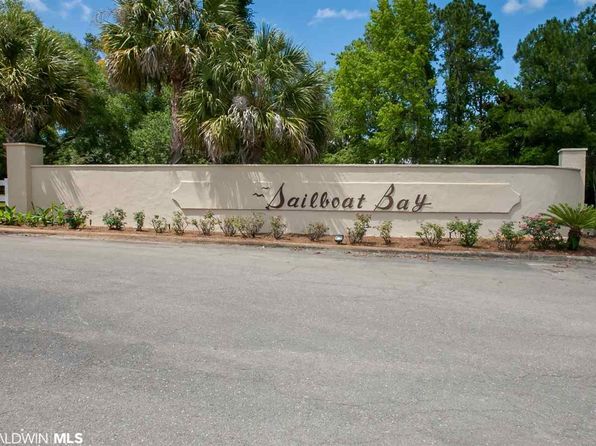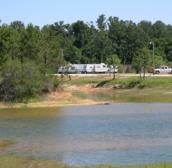
"I just want to thank you guys for bringing us home safe before I disembark from the good ship Endeavour," Behnken radioed flight controllers in SpaceX mission control. Both men were in good spirits as they began their readjustment to gravity after two months in weightlessness. Because trace amounts of residual propellant vapor were detected near the spacecraft, the team held up opening the Crew Dragon's hatch while the system was purged.īut about an hour and 10 minutes after splashdown, the hatch was finally opened and Behnken and Hurley, still wearing their spacesuits, were helped out, put on stretchers and rolled away for initial medical checks. A comprehensive review of this operation will be conducted between the Coast Guard, NASA and SpaceX and the development of lessons learned will be our next priority moving forward."ĭespite the unexpected intrusions, the SpaceX recovery team quickly latched onto the capsule and hauled it aboard the Go Navigator. "The actions of those boaters today were not representative of the average boating community. In a statement, the Coast Guard said the public was warned to keep out of the splashdown zone, but "numerous boaters ignored the Coast Guard crews' requests and decided to encroach the area, putting themselves and those involved in the operation in potential danger." We need to do a better job next time, for sure." NASA Administrator Jim Bridenstine said the Coast Guard was on hand to clear the area for splashdown, but once the Crew Dragon was in the water, "the boats just came in. The SpaceX Crew Dragon capsule was surrounded by boaters shortly after touchdown, ignoring Coast Guard warnings to stay away. "Something like this can really endanger the whole thing," said NASA commentator Dan Huot. At least one motored past displaying a large Trump for president flag. To NASA's dismay, numerous pleasure boats were on hand as well, surrounding the recovery team shortly after splashdown. But the landing zone provided the mildest of sea states with low, gentle waves and light winds.įast response crews in speed boats raced to the capsule, floating upright, within minutes of splashdown to prepare the craft for a lift to the deck of the SpaceX recovery ship Go Navigator. Because many of the sites visited and described by the author have sadly disappeared, this work is an important time capsule for those interested in Louisiana’s past.Hurley and Behnken, both shuttle veterans, joked about getting nauseous and possibly throwing up while bobbing in the Crew Dragon awaiting recovery. The degradation brought about by hurricanes and industry has changed forever the west-central coast of Louisiana. Three parishes receive major treatment in this volume and well over a hundred sites are explored.



In the Petite Anse Project Ian Brown begins with a thorough discussion of the archaeology of Avery Island and then heads out to the other salt domes and surrounding marsh in exploring the rich culture history of the coastal plain. Indians made good use of the Salt Mine Valley site for making salt in late prehistoric times, and even earlier Indians used the island to erect earthen edifices, such as the Banana Bayou Mound.

However, it was the presence of an active saline that made Avery Island attractive to both historic and prehistoric populations. Live oaks bearing festoons of Spanish moss, fields plush with red hot peppers, snowy egrets building nesting beside the ponds, and alligators peering slyly above the murky waters are but a few of the elements that make this island a virtual Eden. Avery Island is known far and wide for its natural beauty.


 0 kommentar(er)
0 kommentar(er)
